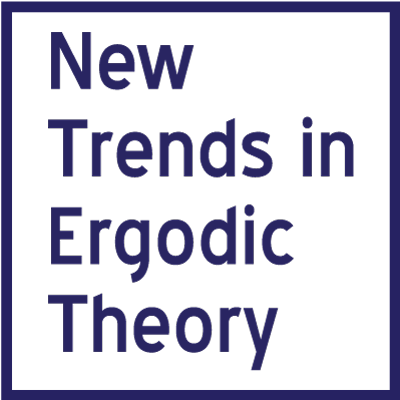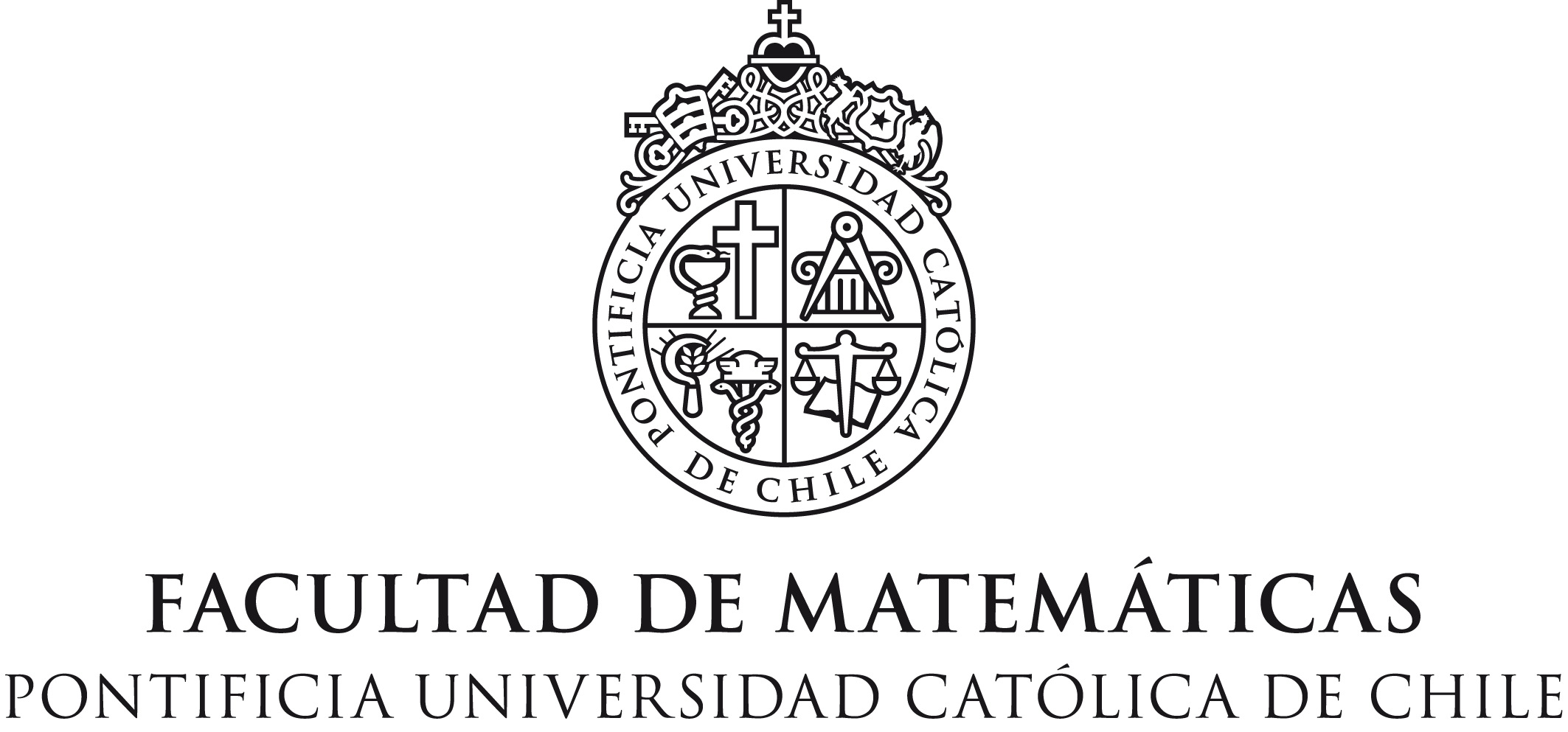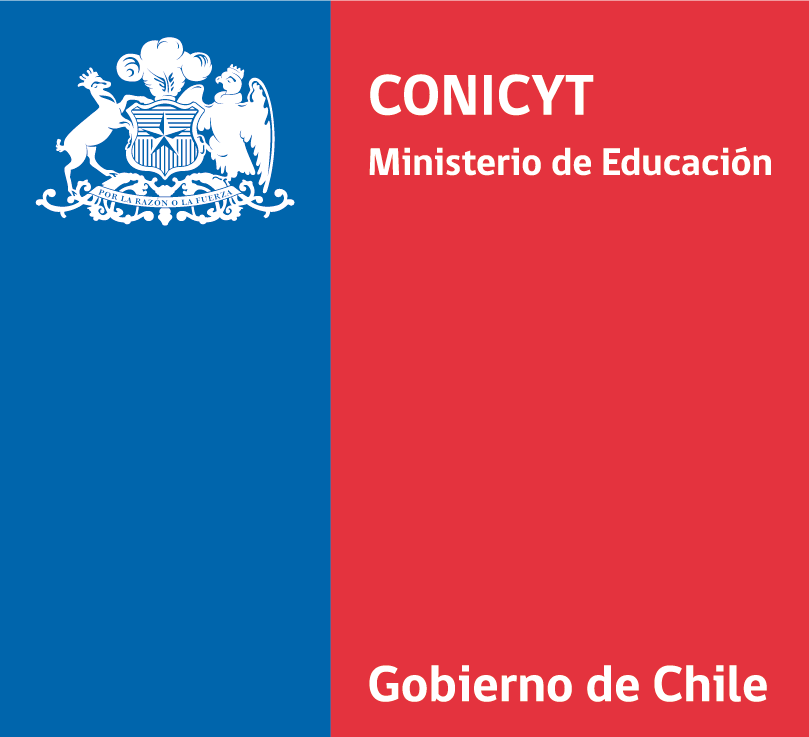
QUIÉNES SOMOS
Teoría Ergódica
La Teoría Ergódica es una importante disciplina matemática que estudia el comportamiento promedio de sistemas que se rigen por leyes determinísticas. Los origines de este teoría se encuentran en física teórica. En efecto, las primeras formulaciones de la Teoría Ergódica se realizaron en el contexto de mecánica celeste y mecánica estadística.
Leer Más
Los primeros resultados del área los obtuvo Henri Poincaré a finales del siglo XIX en sus trabajos sobre la estabilidad del sistema solar. Realizó el sorprendente descubrimiento que la sola existencia de una medida con algunas propiedades elementales tenía importantes consecuencias dinámicas. Con estos métodos fue capaz de demostrar la existencia, sin resolver ninguna ecuación diferencial, de ciertas propiedades de recurrencia del sistema. Alrededor del mismo tiempo L. Boltzmann, entre otros, desarrollaba la mecánica estadística.
El objetivo de la teoría era describir el comportamiento de sistemas de compuestos de un gran número de partículas. Los métodos de la mecánica clásica eran de escasa utilidad dado que era necesario resolver una gran cantidad de ecuaciones diferenciales. El giro brillante de Boltzmann fue utilizar métodos estadísticos. Tanto en el caso de Poincaré como en el de Boltzmann existe un cambio de punto de vista fundamental que permite el uso de métodos probabilísticos y estadísticos para estudiar problemas físicos. Desde entonces la teoría ergódica se ha desarrollado de manera contundente con grandes logros como los trabajos de Von Neumann y Birkhoff en la hipótesis ergódica o la definición de entropía por Kolmogorov y Sinai.
El punto de vista propio de la Teoría Ergódica ha sido particularmente fructífero en aplicaciones a otras áreas de la matemática. Los resultados, métodos y técnicas de la teoría han influenciado una gran variedad de disciplinas. Algunos ejemplos notables son la solución de la conjetura de Oppenheim en teoría de números por Margulis y la prueba ergódica del Teorema de Szemerédi en combinatoria por Furstenberg. Pero no es solo en áreas clásicas de la matemática donde encontramos ejemplos. En efecto, así como el álgebra lineal es la herramienta adecuada para estudiar geometría clásica, la Teoría Ergódica es la herramienta adecuada para estudiar geometría fractal.
El Proyecto: New Trends in Ergodic Theory
Latino América ha jugado un rol importante en el desarrollo de la teoría. El grupo chileno de sistemas dinámicos ha consolidado su influencia a nivel regional. Uno de los objetivos del proyecto Anillo ACT172001 “New Trends in Ergodic Theory” financiado por CONICYT es fortalecer y consolidar la posición del grupo de sistemas dinámicos de Chile. Organizaremos conferencias y escuelas en áreas relevantes de la teoría. Formaremos estudiantes tanto a nivel de magíster como de doctorado. Tendremos especial dedicación a la divulgación científica. Esperamos que nuestras actividades tengan impacto a nivel regional y mundial.
ABOUT US
Ergodic Theory
Ergodic theory is a major mathematical discipline that studies the average behavior of systems ruled by deterministic laws. The origins of ergodic theory are to be found in theoretical physics. It is indeed in the theories of celestial mechanics and statistical mechanics that the problems at the basis of ergodic theory were originally formulated.
Read More
The first result in the area was obtained by Henri Poincaré at the end of the XIX century while working on problems related to the stability of the solar system. He made the astonishing discovery that the sole existence of certain probability measure with mild properties yield non-trivial dynamical consequences. He actually established certain recurrence properties of the system without solving a single differential equation. Around the same time the theory of statistical mechanics was being developed, among others, by L. Boltzmann. The aim of that theory is to describe the behavior of a large number of moving particles. Classical mechanics was of no practical use for this purpose because of the enormous amount of differential equations that needed to be solved. The startling idea of Boltzmann was to
use statistical methods. In both Poincaré’s and Boltzmann´s methods there is a dramatic change of viewpoint that allows for the use of probabilistic and statistical tools in physical problems. Ever since, ergodic theory has consolidated and developed having major advances such as the work of Von Neumann and Birkhoff on the ergodic hypothesis and the introduction of entropy by Kolmogorov and Sinai.
The ergodic theoretical point of view lends itself well to applications in other areas of mathematics. Its results, methods and techniques have deeply influenced a large number of fields. Some remarkable examples are the solution of the Oppenheim conjecture in number theory by Margulis and the ergodic theoretic proof of Szemerédi theorem in combinatorics by Furstenberg.
But it is not only in classical fields of mathematics where we find applications. Indeed, as linear algebra is the right tool to study classic geometry, ergodic theory is the right tool to study fractal geometry.
The Project: New Trends in Ergodic Theory
Latin America has played an important role in the development of the area. The Chilean group of dynamical systems has already consolidated its position and influence in Latin America. One of the aims of the project Anillo ACT172001 “New Trends in Ergodic Theory” supported by CONICYT is to strengthen the position of the Chilean group of dynamical systems. We will organize conferences and schools in relevant fields of the theory. We will train master and Ph.D. students. We will pay special attention to outreach activities. We believe that all of these will have impact both at local and global level.
NEWS
Supporting Institutions


Contact us:
Edificio Rolando Chuaqui, Campus San Joaquín.
Avda. Vicuña Mackenna 4860, Santiago, Chile.
Teléfono (+56) 22354 4511. Fax (+56) 225525916.